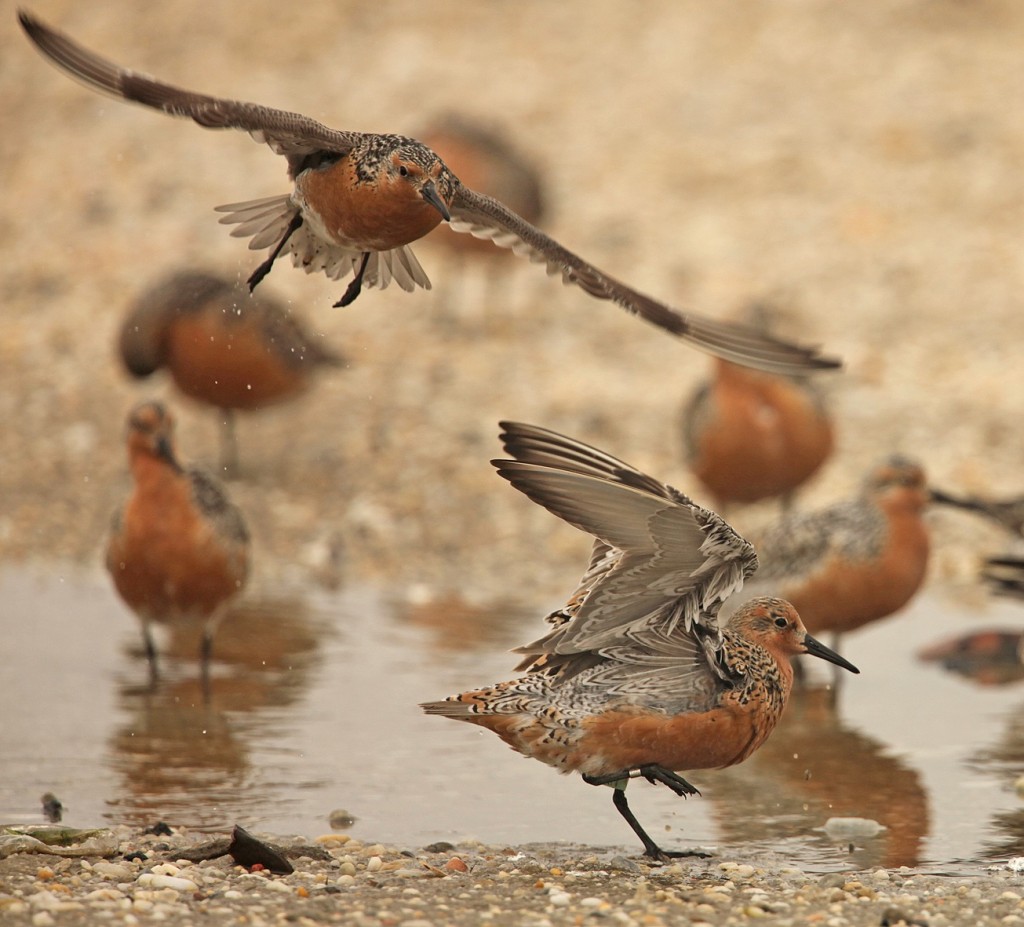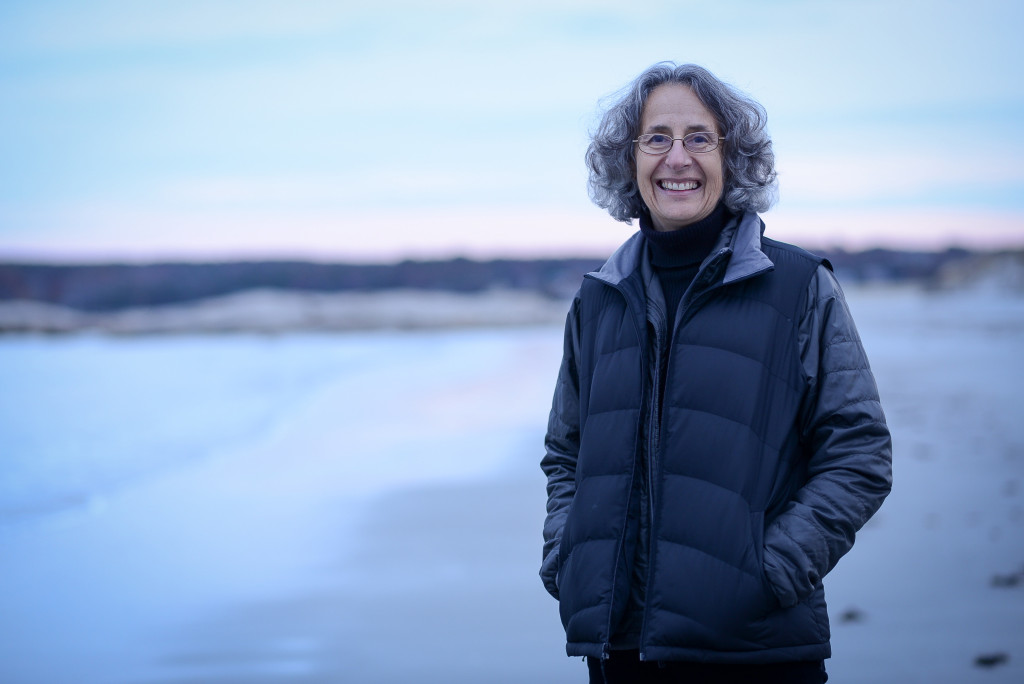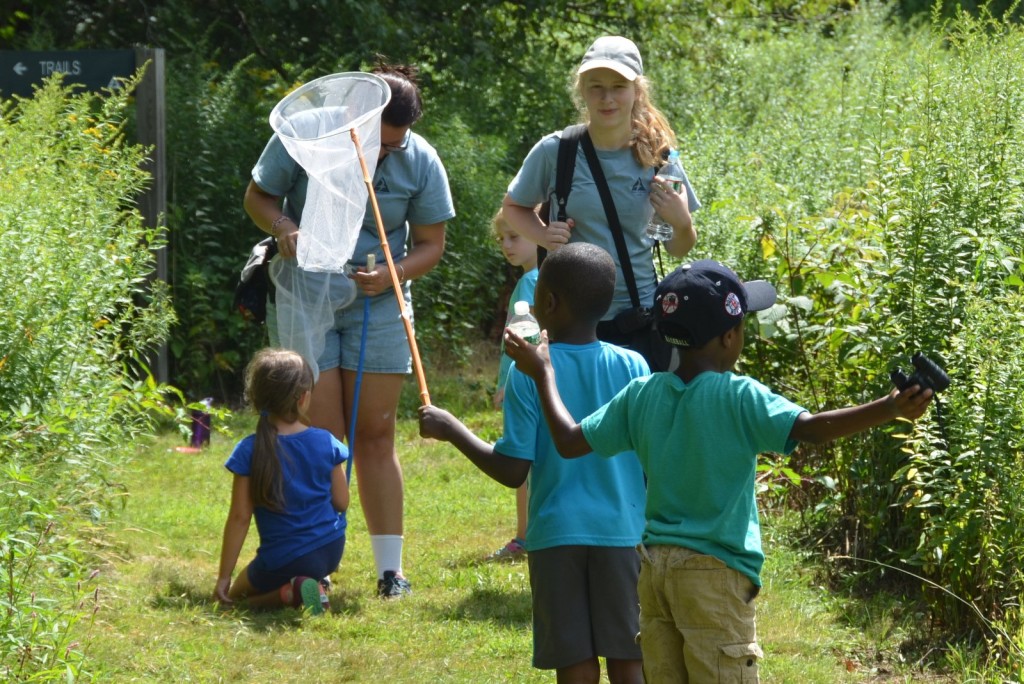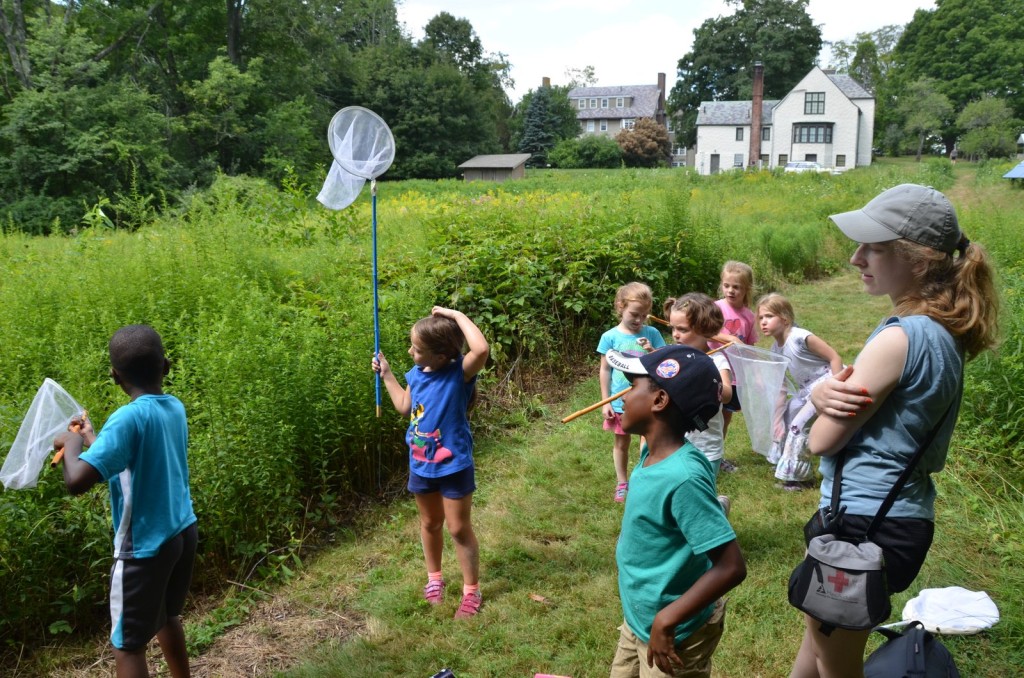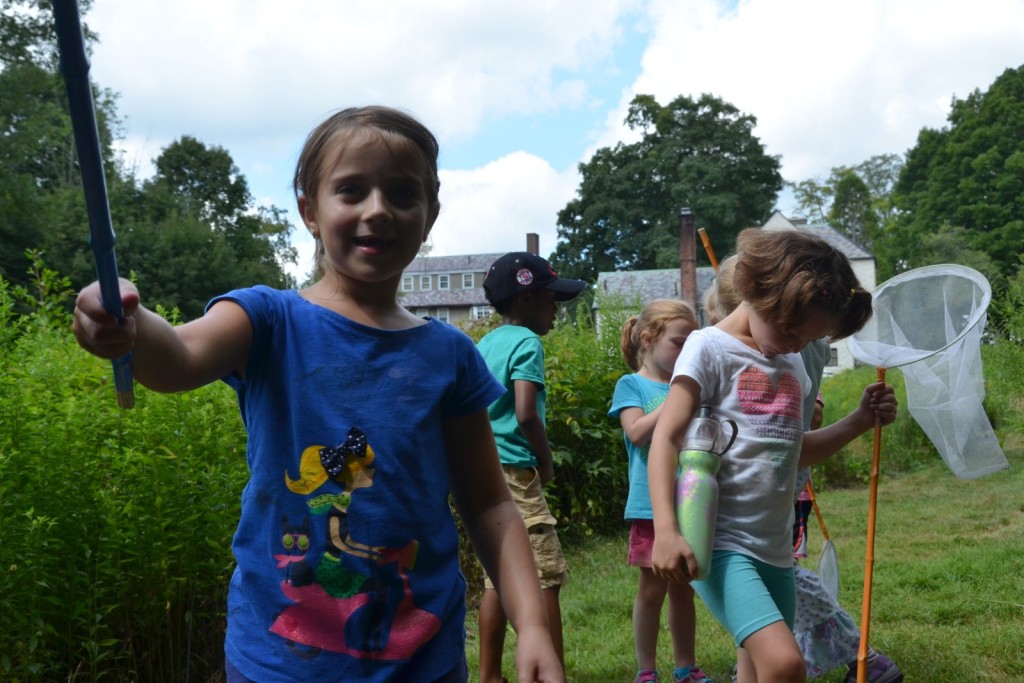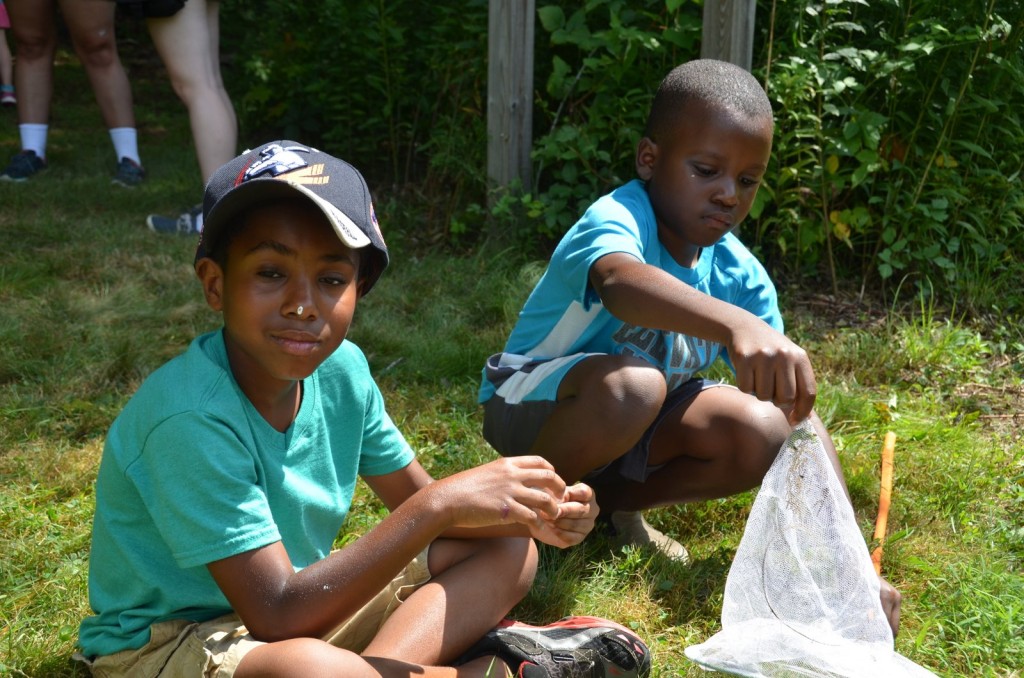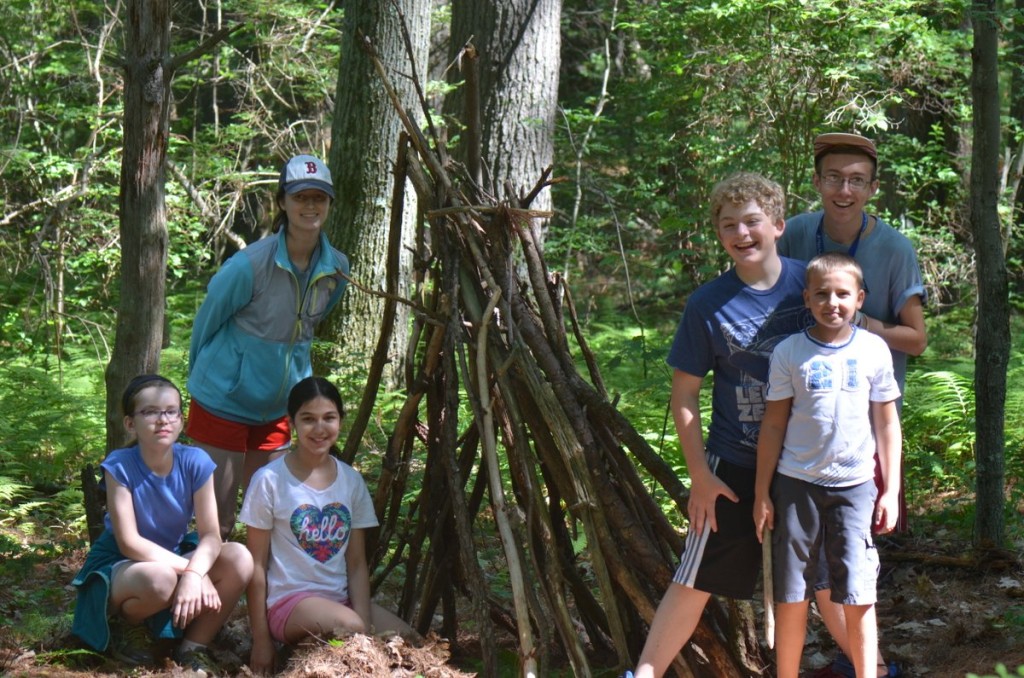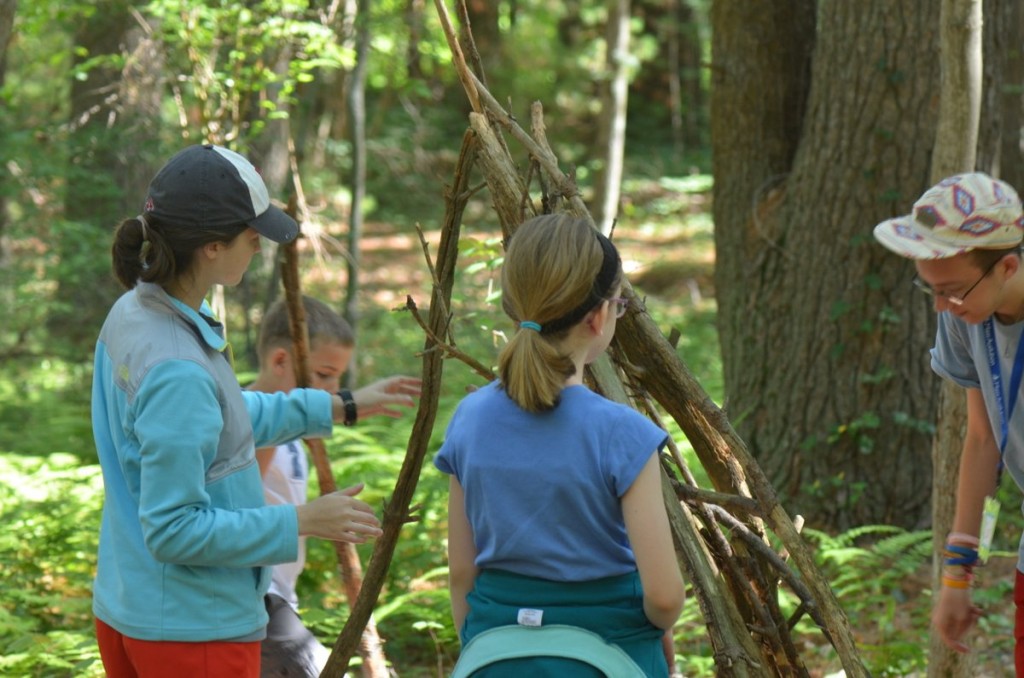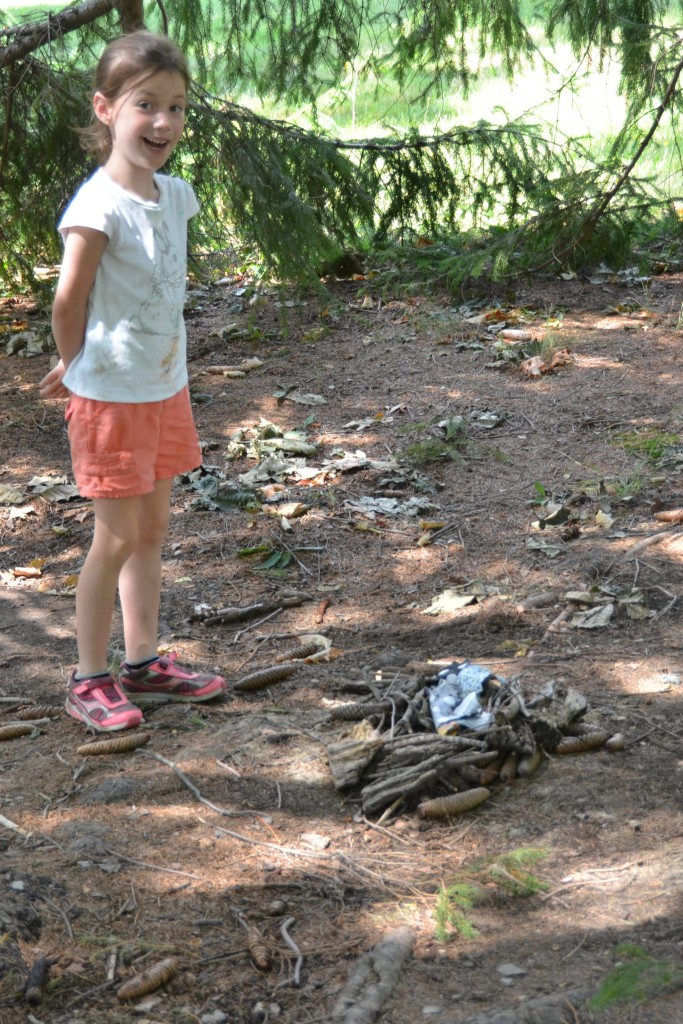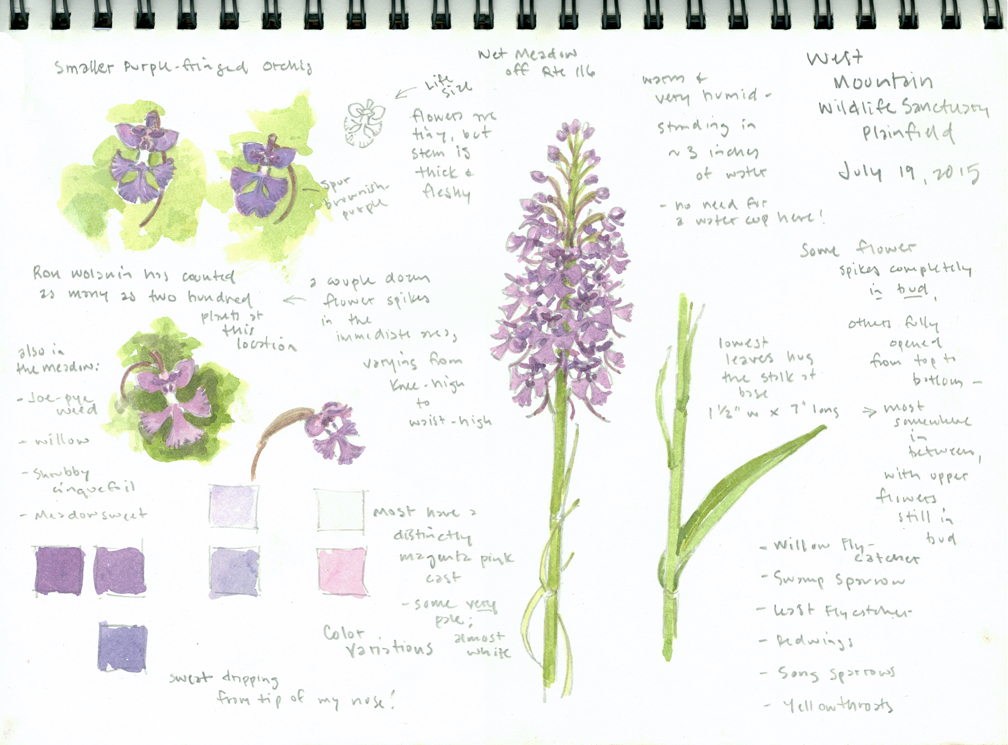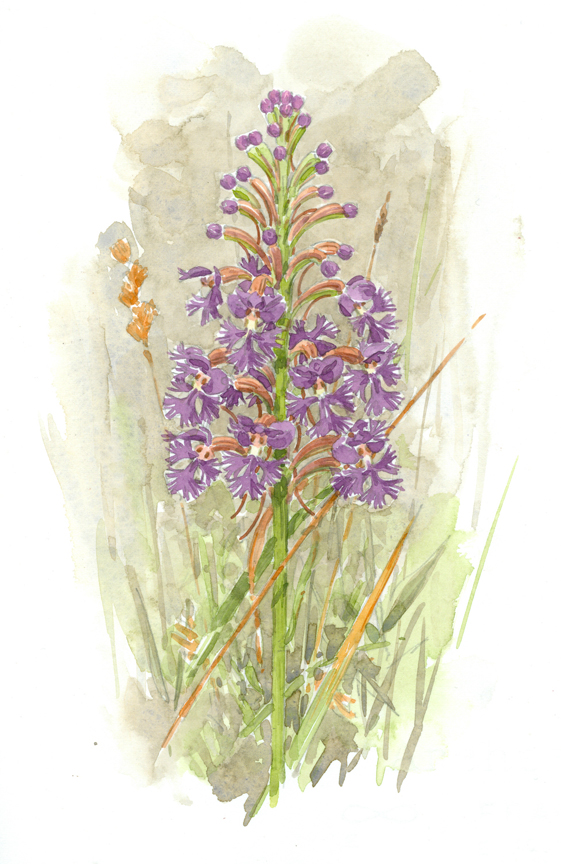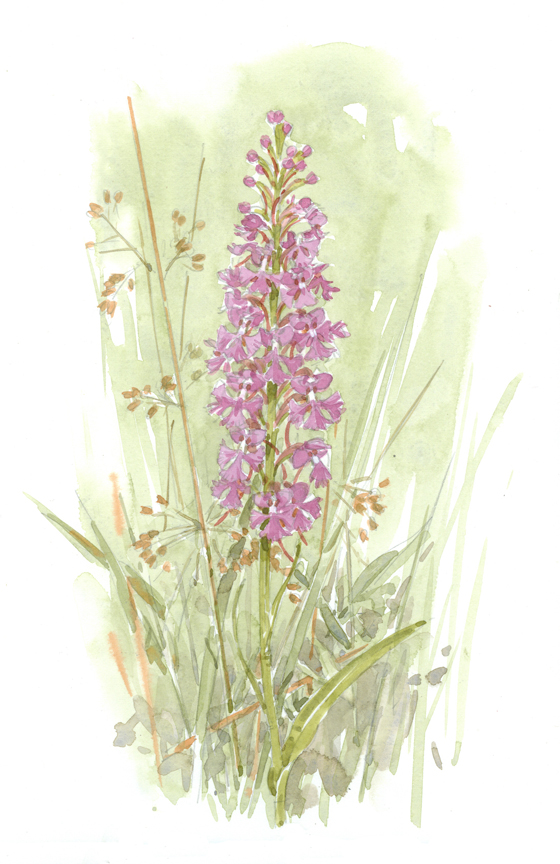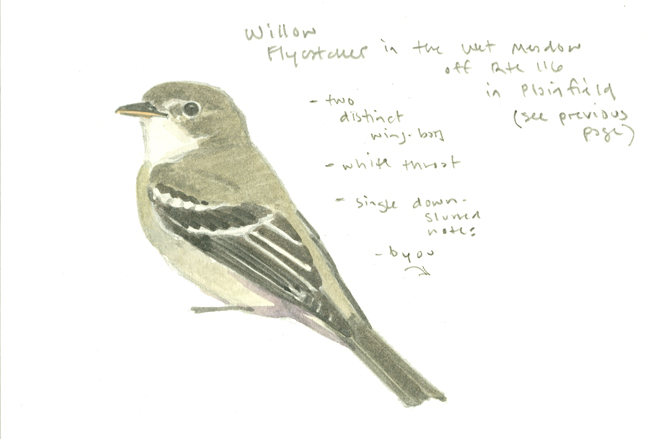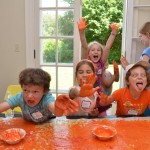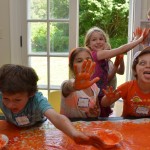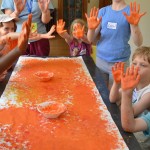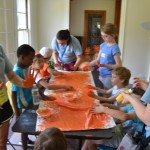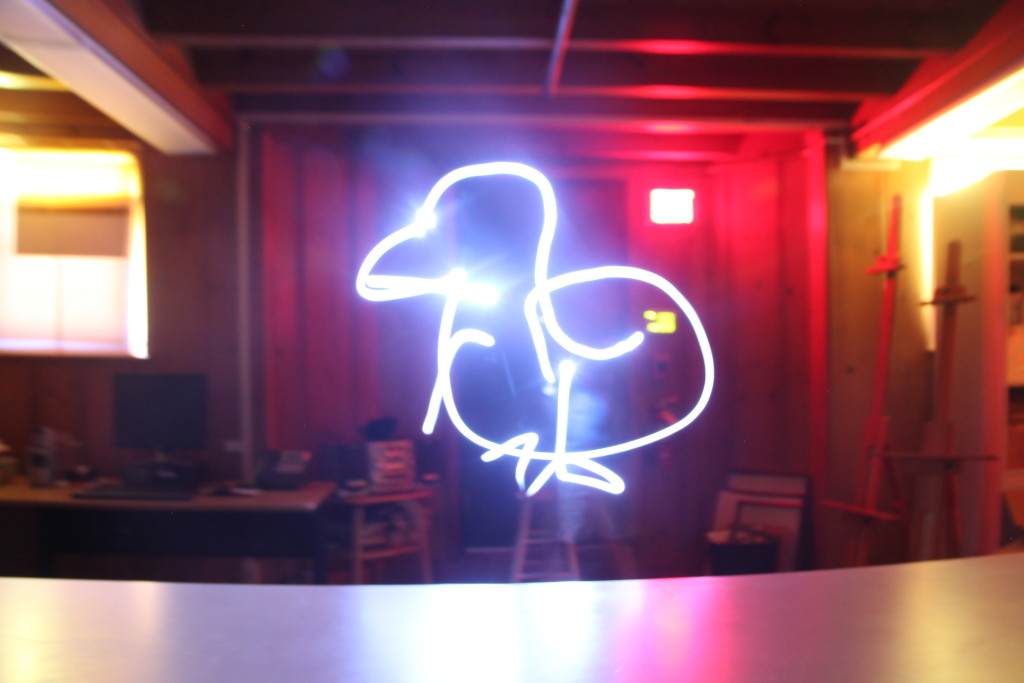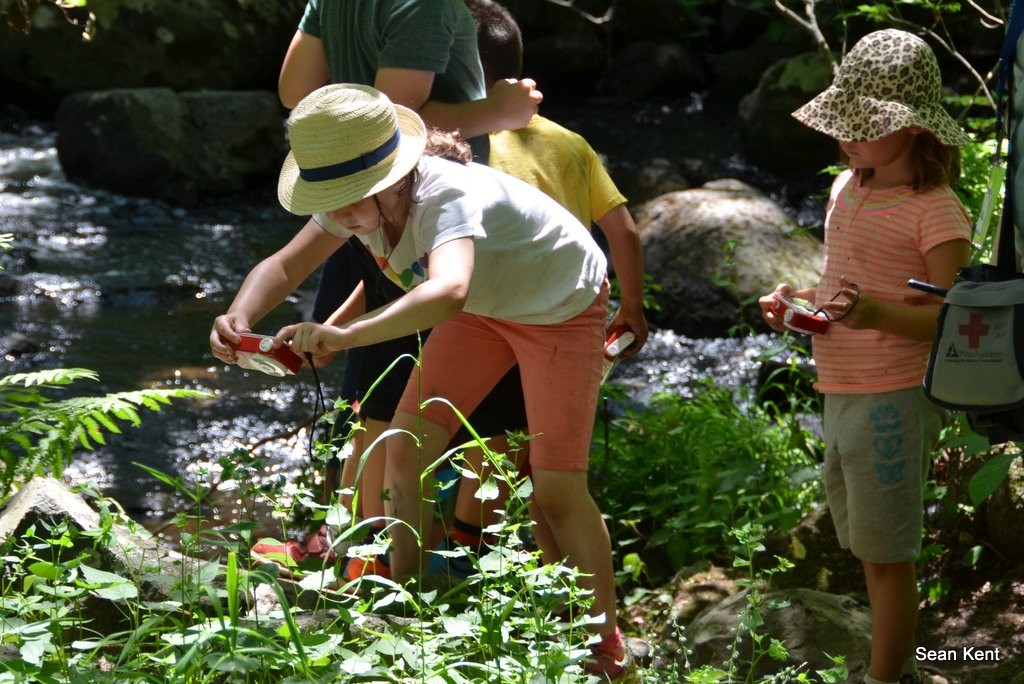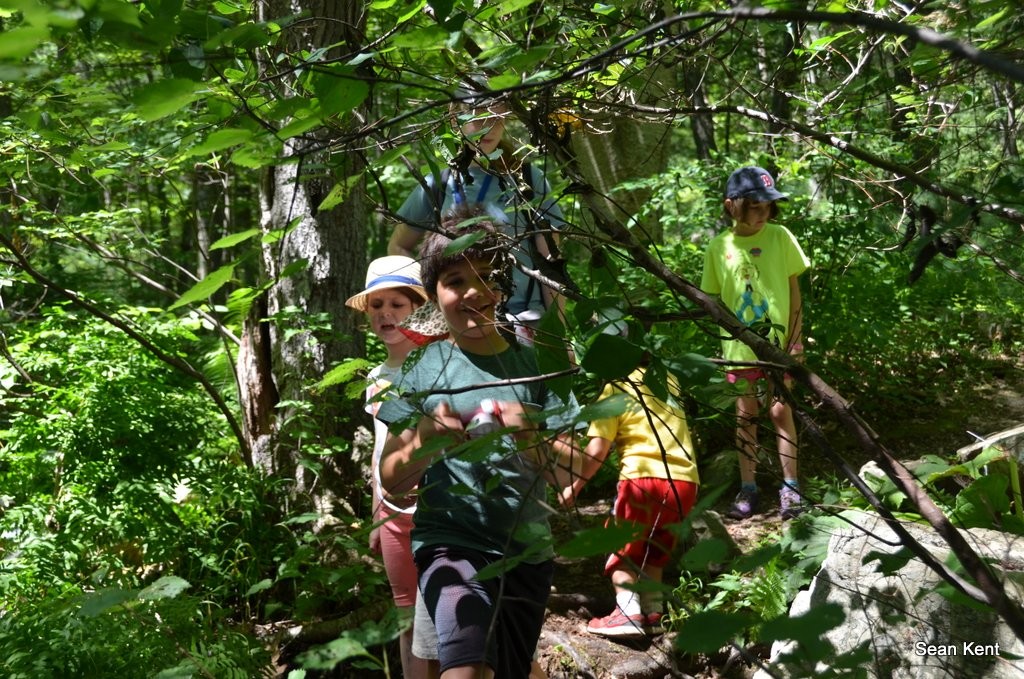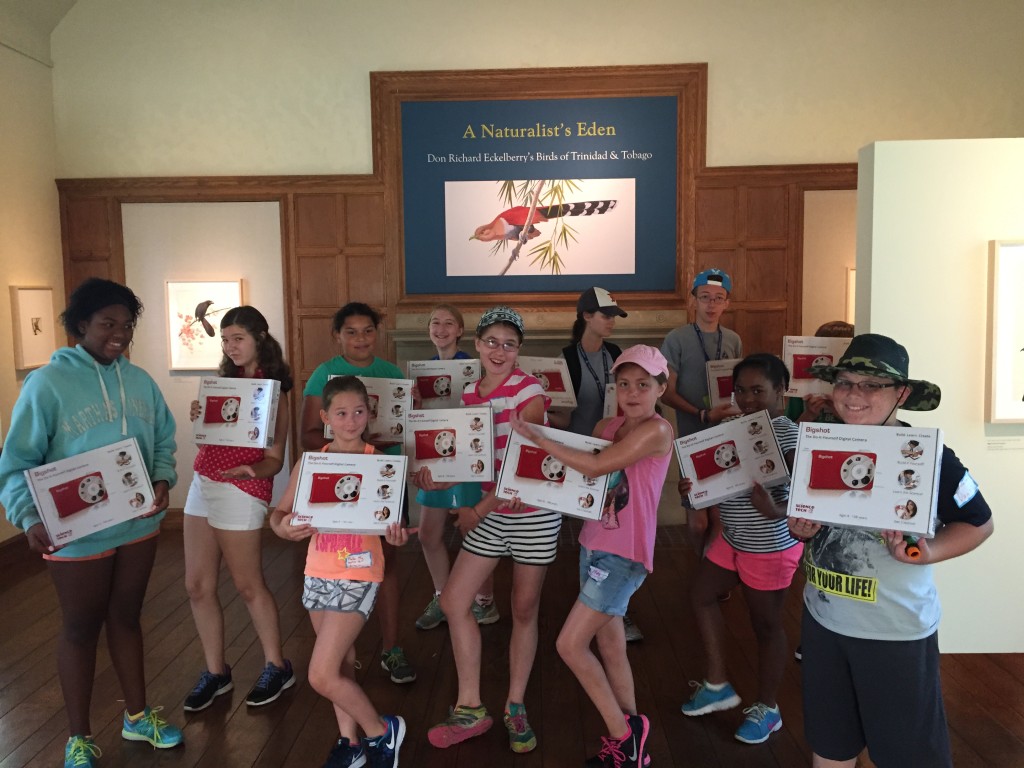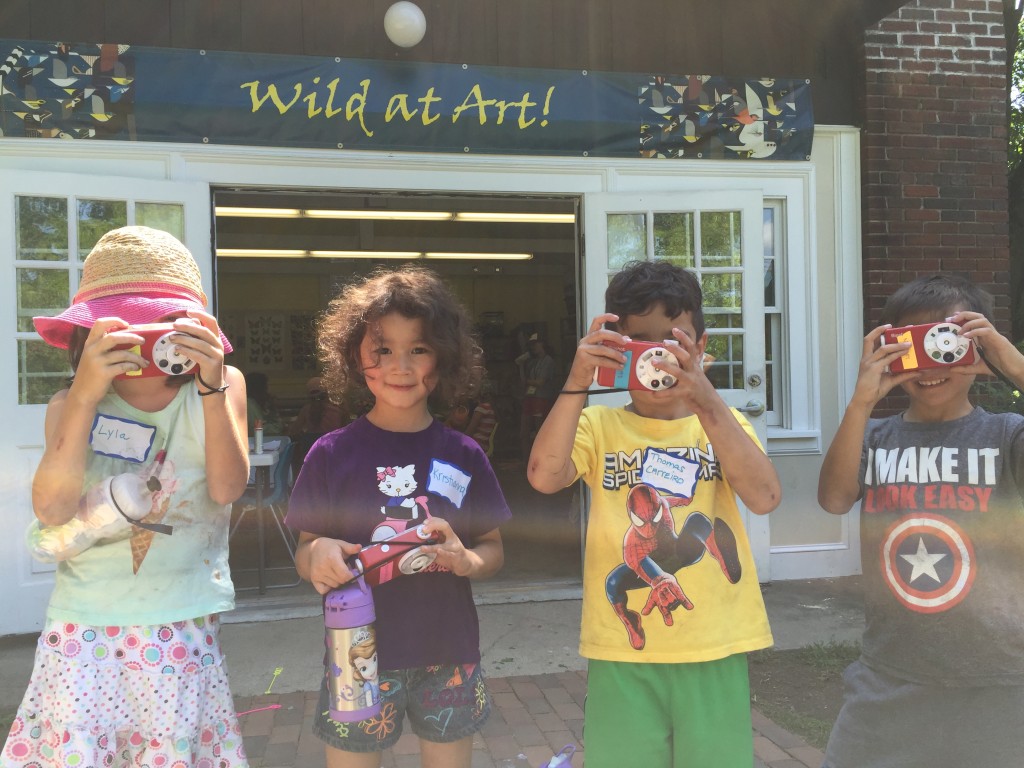This fall many 2nd, 3rd, and 4th graders have connected with nature, created art, and have had lots of fun on field trips to the Museum of American Bird Art at Mass Audubon. Students have explored our Wildlife Sanctuary, became enthralled by the exhibition of Larry Barth’s amazing sculptures, and created art inspired by nature in our studio and outside on our sanctuary. Our field trips have been focused on close observation of nature and activities that encourage creativity, imagination, and inquiry.
What have we done on the field trips?
On the field trips, students investigated seasonal changes that occur in the fall, focusing on how seeds move and how plants and animals prepare for winter. For example, students explored how the wind and animals move seeds from one place to another.

“It looks like the field is full of bubbles.” Overheard while students investigated how milkweed seeds have adaptations to disperse via the wind.
In addition, they closely observed the sculptures by Larry Barth in our museum. Everyone marveled at Barth’s incredible attention to detail.
Using inspiration from the natural world and Barth’s sculptures, students created landscape art using seeds and other natural materials.
Check out the landscape art that students have created
Using inspiration from the natural world and those amazing sculptures, students created a series of monotype prints.



